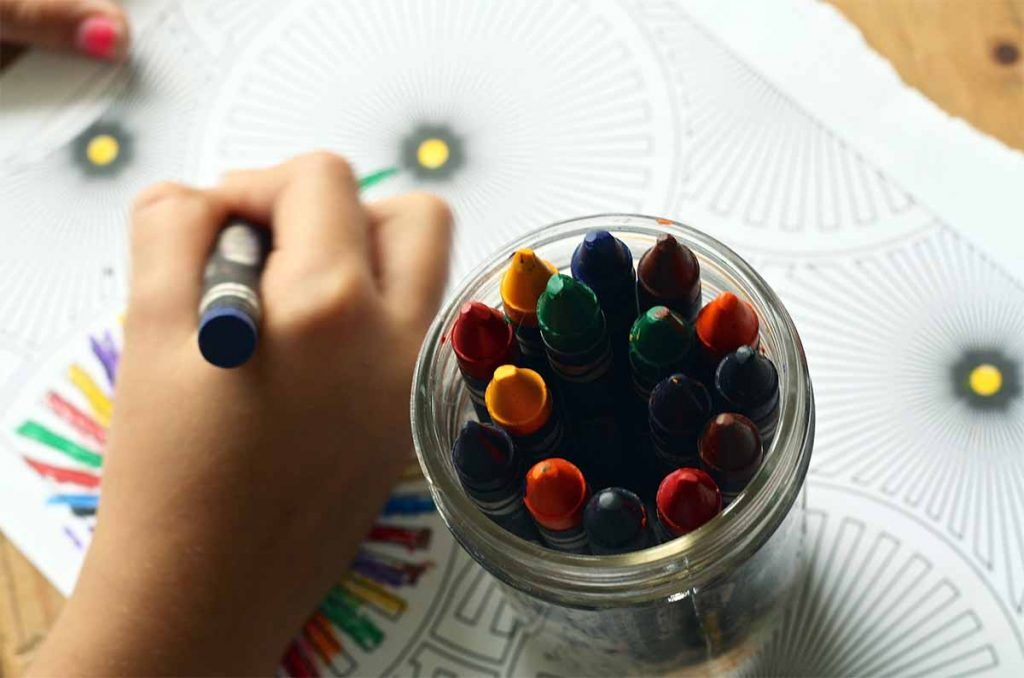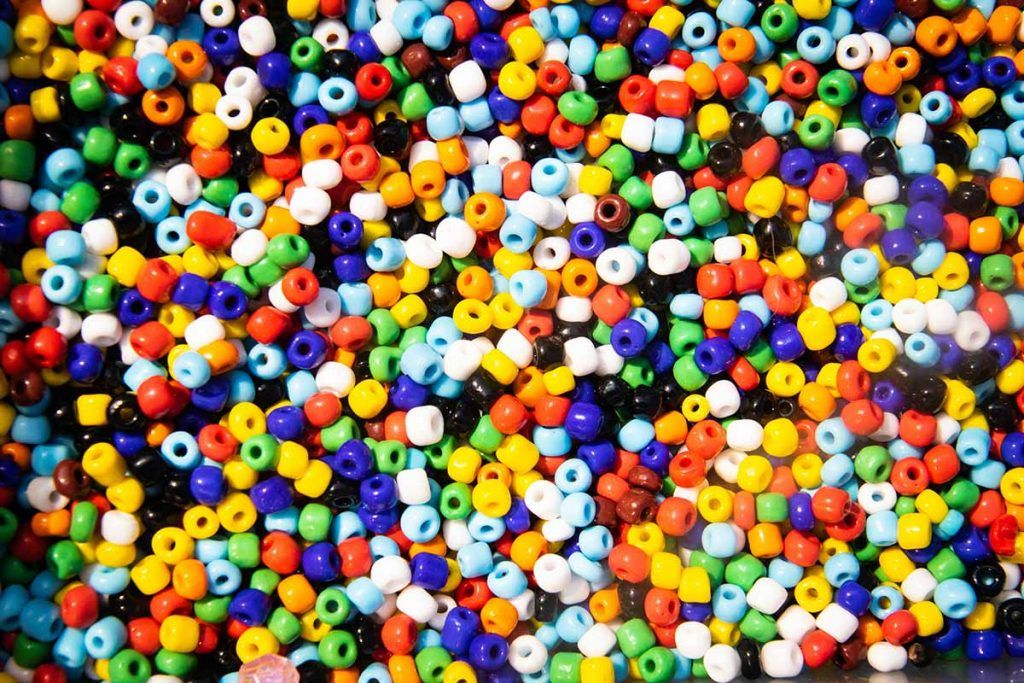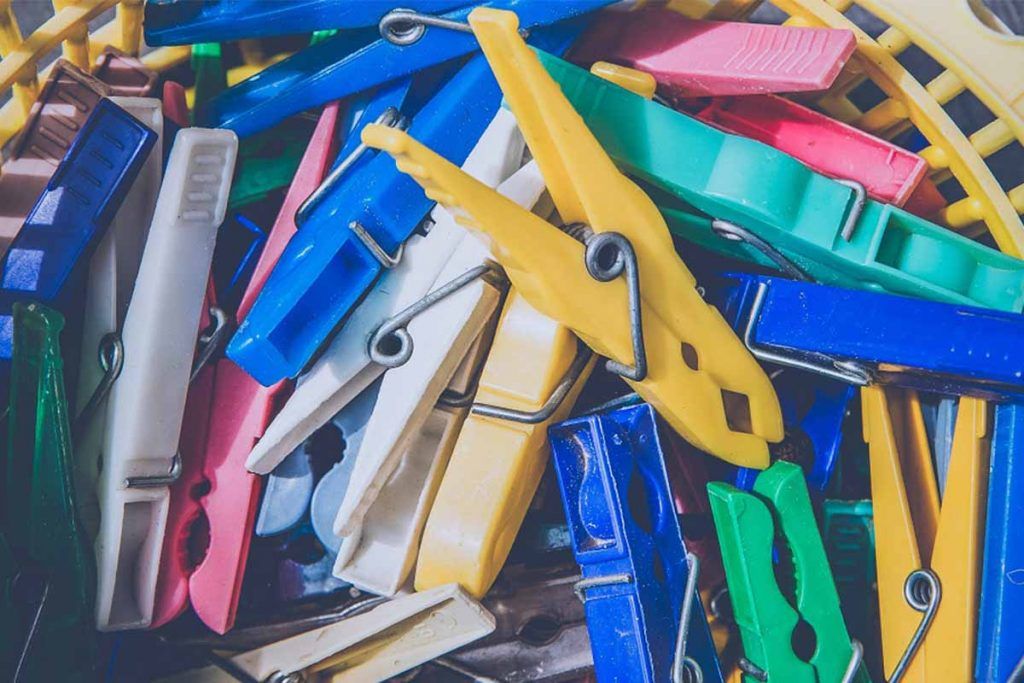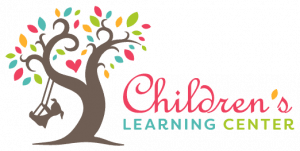5 Fine Motor Skills Activities & Crafts

Hands-on learning is extremely important in early childhood. It’s one of the best ways to improve academic and motor development. Our handy list of fine motor skills activities for kids will help jumpstart growth by tapping into their creativity.
What Are Fine Motor Skills?
Fine motor skills are movements that involve forearm, wrist, and hand muscles. They include hand motions such as reaching, grasping, and manipulating small items.
Because these fine motor activities involve using your vision, they’re sometimes referred to as hand-eye coordination.
Some other examples of fine motor skills include:
- Drawing and writing
- Buttoning shirt buttons
- Using utensils
- Tying shoes
- Brushing teeth
- Using scissors
Why Are Fine Motor Skills Activities Important?
Developing fine motor skills helps children learn how to physically interact with the world around them.
This includes basic self-care activities like eating and getting dressed. Developing these abilities through programs with structured activities helps build a child’s confidence. It’s an important steppingstone towards independence.
How to Improve Fine Motor Skills with Arts and Crafts
String Beads (Ages 2-5)
This super simple fine motor skills activity requires just three props: string (or yarn,) beads and a bowl or tray to keep your beads contained.
Picking up beads requires a pincher grip and slipping them onto the string improves dexterity.
For younger children (2-3) use larger, easy-to-grasp beads and sturdy plastic cord. By the time a child reaches 4-5, they should be able to thread regular-sized playing beads and even make patterns.
Be sure to tie a knot in one end of the string, big enough so that the beads don’t slip off. You can also tie a bead to the end.
Adding another smaller knot at the other end helps keep the yarn from unraveling.
Additionally, tweezers can make it easier to pick up beads and place them on the string. This will help strengthen your young learners’ grips.
However, if you don’t have tweezers available, fingers will work “in a pinch!”

Tear (or Cut) Paper to Make a Collage (Ages 2-5)
Tearing paper is one of our favorite fine motor skills activities. Not only does it build strength and improve the ability of the hands to work together, but it’s also fun!
Paper tearing doesn’t require fancy materials. Colored paper, old newspapers, or even scrap paper will do.
Have your young learner (ages 2-3) tear a piece of paper into different sizes. Then, encourage them to use the pieces to form a new shape, color arrangement, or design.
These collages will be very unique and allow children to express their creativity while building the muscles in their hands.
One they’ve developed sufficient dexterity (ages 4-5,) they can do the same activity using scissors.

Make a Play Dough Rainbow (2-5 Years)
Rolling, squishing, and molding clay or dough is an excellent way to build hand strength.
This type of sensory play targets the small muscles in the fingers in particular. More complex activities like cutting with scissors and holding a pencil in a pincer grasp use these same muscles.
Have young learners (age 2-3) roll colored dough into long tubes. You can help them arrange the tubes against each other in the colors of the rainbow.
For older children (3-5,) have them bend the tubes into a curved shape. Easy peasy!

Color with Different Sized Crayons (Ages 2-5)
Coloring is one of the most popular childhood activities. It helps develop grasp, strength, dexterity and endurance in the hands.
By using a variety of crayon (or pencil) sizes, children learn to manipulate objects with different shapes and weights.
2-3year-old children should be able to hold a large crayon between their thumb and their fingers, rather than in a fist. By the time they reach 4-5, they should be able to reliably manipulate smaller writing utensils.
Coloring activities boost creativity, focus, task completion, and color identification.
That’s a lot of benefit from a simple crayon.
Make a Clothespin Friend (Ages 2-5)
The humble clothespin does more than hanging laundry. It’s actually one of the best tools for developing fine motor skills.
These skills include hand strength, motor planning, and bilateral coordination.
To make clothespins fun for kids to manipulate, try making a clothespin “friend.”
Add stick-on googly eyes and a black marker smile for the easiest version (ages 2-3) or you can use cupcake liners and pipe cleaners to create butterfly wings and antennas (ages 4-5).
Paint the clothespin yellow, add one eye, and make a minion.
The almost limitless range of possible “friends” allows children to express creativity. And playing with their new friend by pinching the ends of the clothespin together helps build the fine motor skills necessary for everyday life.

To learn more about fine motor development or to enroll your child in one of our programs, contact Children’s Learning Center or call (770) 945-4817.
Call For More Information
(770) 945-4817
Latest Posts
Fun and Educational Small Group Activities for Preschoolers
Fun and Educational Small Group Activities for Preschoolers Virtually all...
Read MoreEngaging Outdoor Activities for Kindergartners
Five Hands-On Activities for Tactile Learners When it comes to...
Read MoreFive Hands-On Activities for Tactile Learners
Five Hands-On Activities for Tactile Learners Get ready to get...
Read MoreWinter Sensory Bin: 5 Activities Improving Fine Motor Skills
Winter Sensory Bin: 5 Activities Improving Fine Motor Skills As...
Read More



